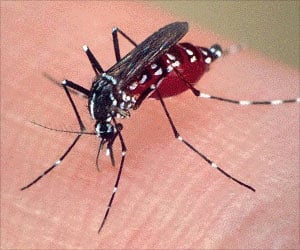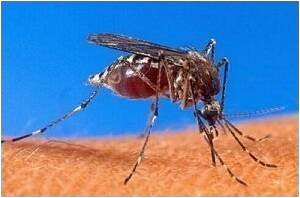For the first time a team of scientists at LSU Health Sciences Center New Orleans reveals new discoveries.

The complex genetic programs controlling the function of cells and the organs, nerves, and tissues that they form are expressed through the concerted contributions of some 30,000 unique proteins that constitute the human genome. Coordination of these proteins is controlled by a small set of master regulators that sense the environment of the cell and alter subtle features of the genetic programs to maintain metabolic balance, called cellular homeostasis. More radical alterations in the genetic programs due to gene mutation or in response to viral or bacterial infection frequently lead to conditions that can result in cancer or developmental defects.
Lead investigator Dr. Virginia Ronchi, a postdoctoral fellow, and research associate Jennifer Klein, working in the laboratory of Dr. Arthur Haas, Professor and Head of Biochemistry and Molecular Biology at the LSU Health Sciences Center New Orleans School of Medicine, focused on the E6AP enzyme. This enzyme regulates the functions of several dozen different proteins involved in key homoeostatic processes. The E6AP protein belongs to a class of enzymes known as ubiquitin ligases. E6AP controls its target protein functions by attaching a smaller protein called ubiquitin to them that serves as a molecular flag to signal removal of the target by a large cellular nanomachine called the 26S proteasome.
Inherited mutations in the E6AP gene that block its activity result in Angelman's syndrome, a developmental condition characterized by severe mental retardation in children because the brain is unable to "learn" by adapting its nerve connections to outside stimuli. Other mutations that cause a duplication of the E6AP gene and increased activity are thought to cause some forms of inherited Autism Spectrum Disorder. In other tissues, the genetic program of the Human Papillomavirus produces an E6 viral protein following infection that hijacks the E6AP enzyme to target a different set of cells, not only ensuring the ability of the virus to replicate but causing uncontrolled growth resulting in benign skin tags, warts, or cervical cancer, depending on the site of infection. The Hepatitis C virus exploits a similar strategy to ensure its replication in the liver by expressing a different protein that redirects the function of E6AP, resulting in cirrhosis and liver cancer in the chronically infected.
The LSUHSC investigators used the ability of E6AP to form chains of ubiquitin as a window into the molecular function of the enzyme. The studies provide a description of the mechanism for the enzyme at the molecular level which provides potential strategies for designing drugs to block E6AP function in the case of the Human Papillomavirus and Hepatitis C virus. Because E6AP is similar to a larger family of related master regulators that control other cell functions, knowledge about it may also apply to future drug design for enzymes involved in many other diseases.
"The current work by Ronchi and Klein marks a major advance in our understanding of this important class of cell regulators and redefines more than 15 years of work in the field by other investigators," notes Dr. Haas.
 MEDINDIA
MEDINDIA




 Email
Email










